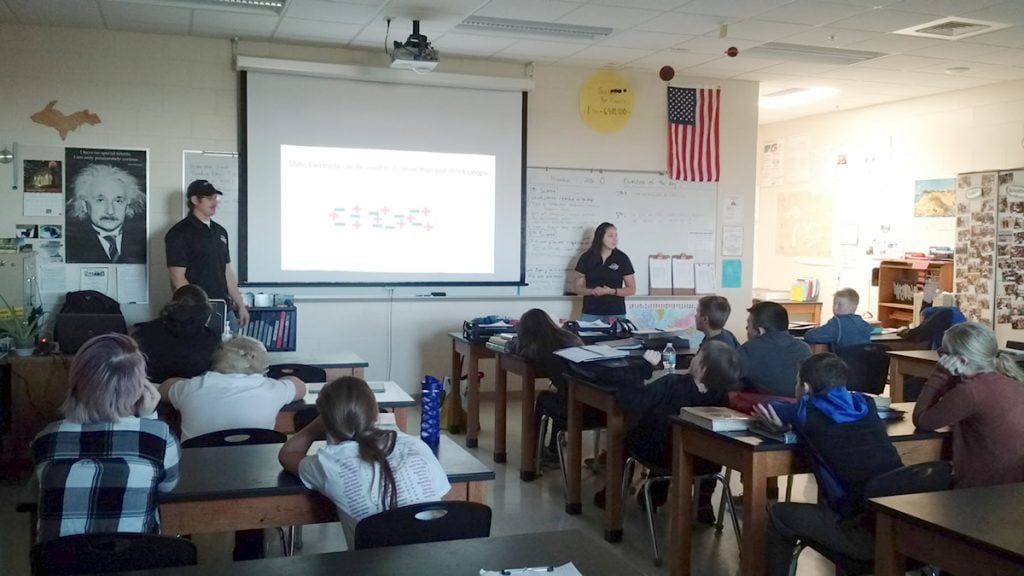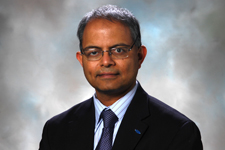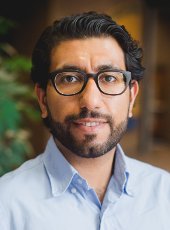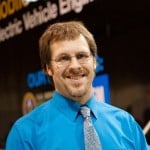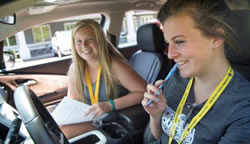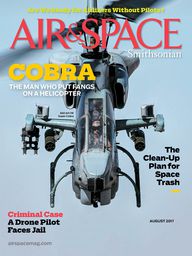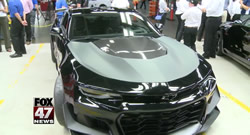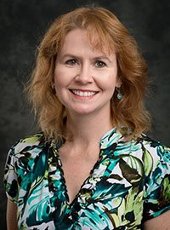 The Michigan Tech Engineering Ambassadors (EA) Program is planning 24 visits to local area schools this semester. The program is designed to change the conversation about engineering, starting with creating excitement for engineering disciplines through outreach activities designed for grades 4-9.
The Michigan Tech Engineering Ambassadors (EA) Program is planning 24 visits to local area schools this semester. The program is designed to change the conversation about engineering, starting with creating excitement for engineering disciplines through outreach activities designed for grades 4-9.
Outreach topics for October and November vary from buoyancy and energy in bouncy balls to structures and chemistry in engineering.
Right now there are 21 ambassadors in EA at Michigan Tech, including 10 veteran ambassadors. The program is open to all of Michigan Tech’s engineering majors, who can join at the start of fall or spring semester. The outreach experience is considered to be professional development for University students, allowing practice with brief presentations and hands on activities with kids.
EA is part of a larger network of universities united under one goal: changing the way people talk about engineering.
Learn more about Engineering Ambassadors at Michigan Tech! Contact the program director Jaclyn Johnson if you are interested in participating.
